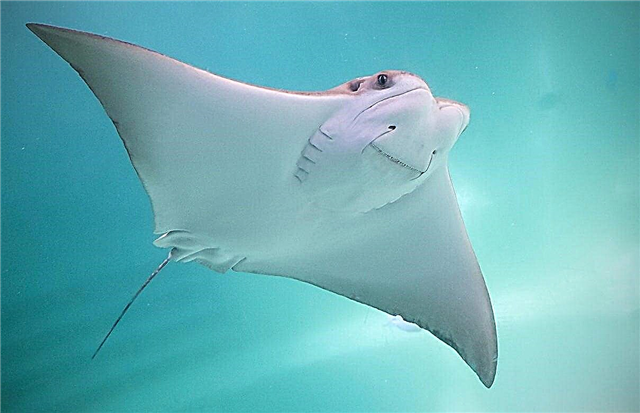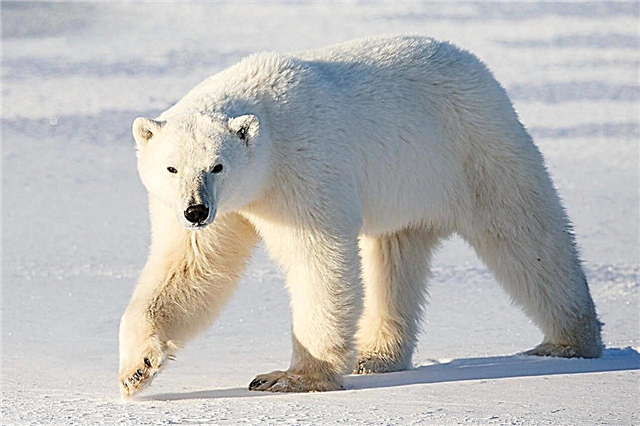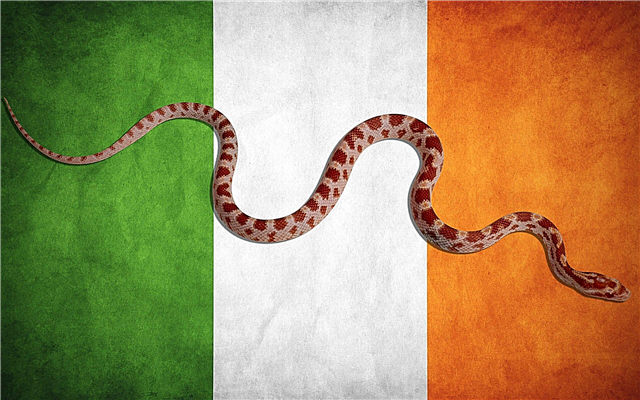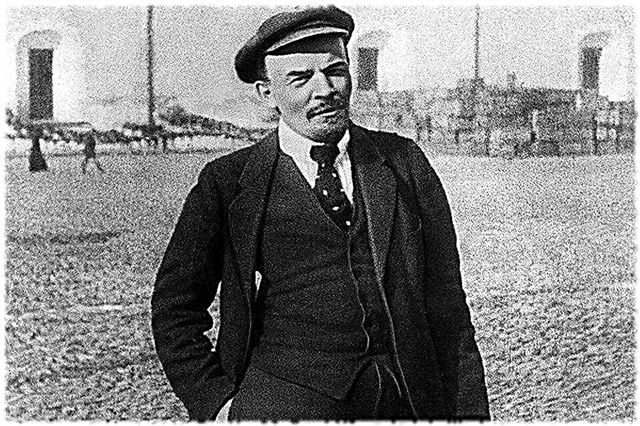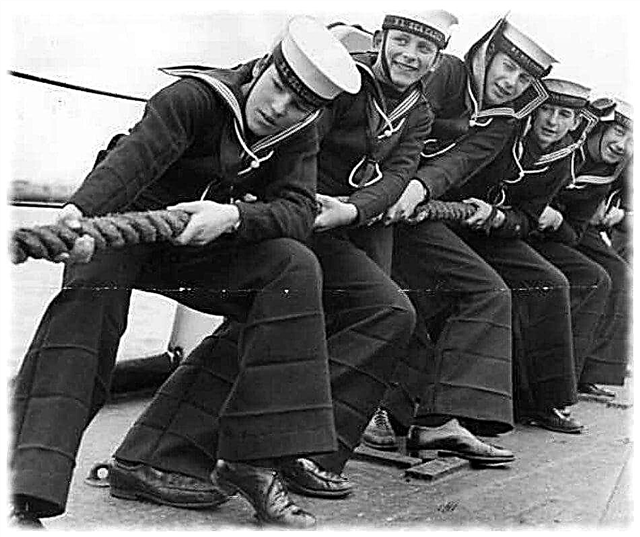
The reasons that make animals unite in groups are as diverse as the nature of the relationships of individuals in groups of one type or another. Observe the behavior of pigeons that flock at your feet in dozens if you wanted to feed them bread crumbs on a cold winter day. Here is a good example of the “crowd effect”: everyone acts exclusively in their own selfish interests, perceiving all others as an obstacle to their own desires.
While rushing towards one piece of bread, the pigeons push away the neighbors, pile up in a tight pile, sometimes pile up on each other's back, trying to break through to the coveted feed around which a dump has formed. Their behavior is chaotic, any order is completely absent. This is undoubtedly collective behavior, devoid, however, of minimal signs of organization.

A flock of sandpiper waders feeding on the surf strip of the sea shore behaves in a completely different way. In flight, the birds are kept very closely, but, having landed, quickly disperse over the shallows. All members of the flock move in the same direction, time after time, frantically immersing the beak in the wet sand and snatching small crustaceans from it.
At the same time, the distances between the nearest neighbors always remain surprisingly constant. But if someone, keen on hunting, approaches a neighbor by 2-3 meters, he immediately reacts to the disorder, adopting a threatening pose.This is quite enough to increase the reduced distance: it rarely comes to a fight, because there is enough space on the seashore for everyone.
The system of certain bans
This example allows you to understand the main principle of any organization. Its essence is in the system of various prohibitions. If in a group each of its members behaves as he wants (this is exactly what happens in a flock of city pigeons), this is nothing more than an unorganized crowd, primordial chaos. If there are some minimal bans, we can already talk about an organized community. A flock of feeding waders can be called the simplest organized team. The simplest - for the reason that this collective lacks a number of properties inherent in many much more complex organized animal communities.
Animal Group Properties
The first one is group consistency, a flock of waders flying from nesting sites to wintering (or in the opposite direction) may consist of a dozen birds or several hundred. A large flock easily splits into two or more. Small flocks unite seamlessly. As a result, between members of the group, hardly any personal connections can be established. And this means that no one knows in advance exactly how his temporary neighbor will behave.
Personal acquaintance of individuals - this is the second sign of an organized team. It is clear that you can personally identify partners only in a small group of permanent staff, where strangers are not allowed.In a flock of tits, whose members roam together all winter, everyone knows well what this or that of his constant companions is worth. This increases the number of bans, and thereby increases the level of organization. When the flock visits the feeder, the birds do not attack the feed all at once, like pigeons.
Unlike pies feeding on the shore, tits cannot eat at the same time. They are forced to visit the feeder in turn, observing a certain order. The right of the first belongs to one of the seasoned males. This is a dominant bird. When she is on the feeding trough, no other member of the pack dares to sit here. Only when the dominant male, having chosen the sunflower seed he liked, flies to the nearest branch, the turn of another adult male comes. Following the mother males, adult females feed, and only last but not least, young tits born this year.
So, unlike a flock of sandpipers, where absolute equality reigns, in the winter group of tits there is a hierarchy, which is regulated in a peculiar way, using the “table of ranks”.


